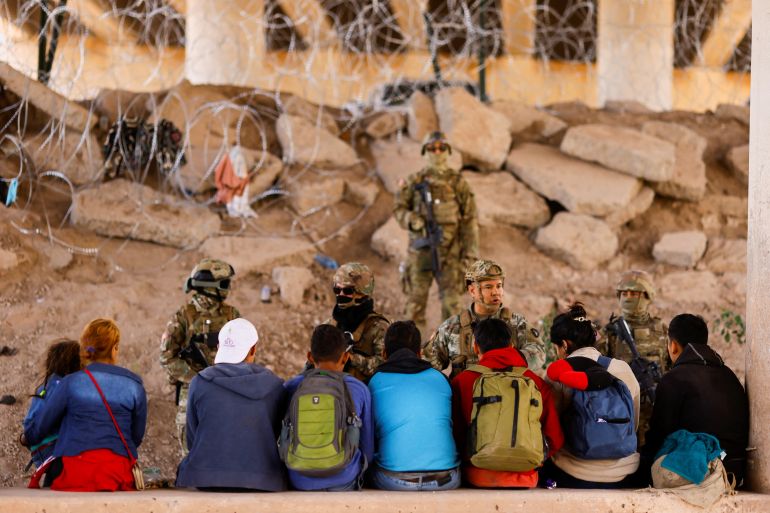The US-Mexico border in a post-Title 42 world
The Take looks at what the end of the controversial border policy means for migration across the US southern border.

It’s a new era for US migration. The controversial policy known as Title 42 expired last week after three years. It allowed border authorities to reject people looking to seek asylum in the US on the spot and turn them back, on the grounds that they might be carrying COVID-19. The end of Title 42 has many expecting an increase in migration in the next few months, under the belief that it will now be easier for people to seek asylum in the US. But others believe the policy replacing Title 42 will actually be stricter. So what does the end of Title 42 actually mean for people trying to get asylum in the United States?
Keep reading
list of 4 itemsWhat’s next for Imran Khan and Pakistan’s military?
Is a ‘new Nakba’ happening in Gaza?
Are the Turkish elections Erdogan’s biggest test yet?
In this episode:
- John Holman (@johnholman100), Al Jazeera’s Mexico correspondent
Episode credits:
This episode was produced by Ashish Malhotra and our host, Natasha Del Toro in for Malika Bilal. Khaled Soltan fact-checked this episode.
Our sound designer is Alex Roldan.
Our lead of audience development and engagement is Aya Elmileik. Munera Al Dosari and Adam Abou-Gad are our engagement producers.
Alexandra Locke is The Take’s executive producer, and Ney Alvarez is Al Jazeera’s head of audio.
Connect with us: